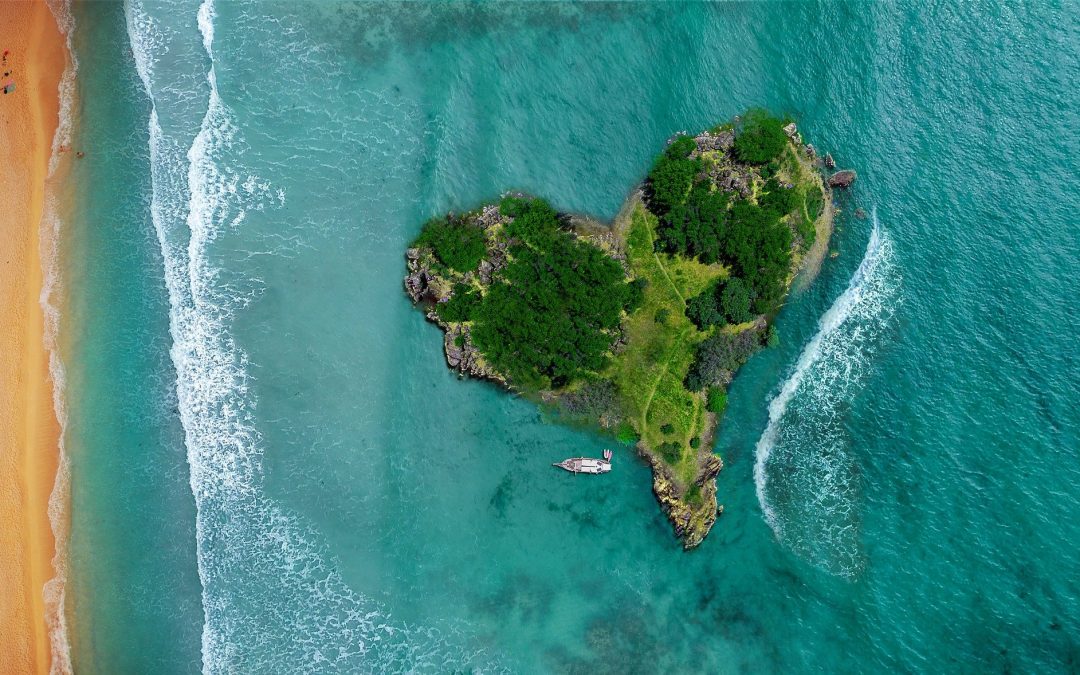Translation and tourism are two industries which have a long history of working together; travelling to another country often means communicating in a foreign language, and this relationship has endured for as long as people have travelled.
Both industries also contribute a huge amount to the UK economy.
The tourism industry is estimated at £106bn per annum and supports more than 2.5million jobs, while the translation industry grosses more than £1bn, through just 1200 companies registered in the UK, which employ 12,000 people.
The translation and tourism industries both operate in every region of the world, use virtually every language which exists today, and they both connect people, companies, customers and countries.
There are many ways these two industries support each other and below we show how the translation team, here at Creative Word, assist our tourism clients.
Connecting Tourism Clients
Tourism isn’t just about jetting off on holiday – it covers everything from accommodation to amenities.
According to the United Nations World Tourism Organization (UNWTO) a tourism product is “a combination of tangible and intangible elements, such as natural, cultural and man-made resources, attractions, facilities, services and activities around a specific centre of interest which represents the core of the destination marketing mix and creates an overall visitor experience including emotional aspects for the potential customers. A tourism product is priced and sold through distribution channels and it has a life-cycle”.
The tourism industry is a complex, multifaceted industry!
The challenge for tourism firms is connecting with their target audience (who may be anywhere in the world or speak any language) and this is where the translation industry steps in.
Translation and Tourism
Tourism firms must attract their target audience, entice them to choose their service, product or event, and give continuing support throughout.
Translation providers facilitate this cross-cultural communication, ensuring that tourism firms can really connect with their customers no matter which language they speak, where they originate from, or where they are going to.
For instance, a hotel based in the UAE might want to attract more visitors from the UK, but in order to do this they need to reach their intended audience.
Together with their translation provider, the hotel might consider the following steps:
• Translate their website from Arabic to English
• Create an English-language version of their app so visitors can easily adapt bookings, collect rewards, or leave reviews
• Translate their in-house signs, documents, guest information, and so on for English speaking visitors
• Adapt marketing materials for multilingual audiences
• Create English-language subtitles or voiceover videos for promotional purposes
However, even a professional translation doesn’t necessarily account for regional variances in dialect, culture, currency, and other local differences. For this, it is best to use localisation.
Translation or Localisation?
Translation is the process of adapting the written word from one language (known as the source language) to another language (known as the target language).
Translation considers the cultural and linguistic meaning of each word and adapts the message to the best fit for the target language and intended audience.
Localisation goes a step further…
Localisation considers not only the written word but also other content and links it to the target language, culture and audience.
For instance, when localising a website for a tourist destination, it would adapt content to create the best user experience by localising aspects such as:
• Currency – purchases can be made in the user’s local currency, giving ease and familiarity to customers
• Date and time formats – are localised for optimum UX
• Address/phone number formats – these must be localised so customers can accurately input their details. Some forms require specific formats for numbers and addresses but if these don’t fit, a customer and potential sale can be lost
• Language – humour, colloquial terms, dialects, and so on, are adapted for the best cultural fit
• Graphics/images – are altered to be culturally acceptable for the intended audience
• Colour – colours are intricately inked to culture so this must alter in line with audience expectations
• Fonts – preferred font size and style varies with location. Adapting to suit customer expectations is always the best option
• Text direction – some languages use left-to-right text direction while others use right-to-left. Adapting this direction on a website can alter design aspects and reduce usability
Creative Tourism Translations
Here at Creative Word, we only work with native speaking translators who have vast experience of the cultural aspects linked to the target language required, so they can ensure your brand and message are conveyed accurately, with passion and persuasion.
Our designers also have current knowledge of market trends for specific locations and are able to create multilingual websites which look and act like a native language site.
Your customers will be confident using your site, and comfortable with purchasing or booking, no matter which language they speak.
If you are a tourism-based firm looking for a translation services provider to assist with website translation, multilingual marketing or any other language service, contact us now to see how our expert team can help achieve your objectives.


Recent Comments